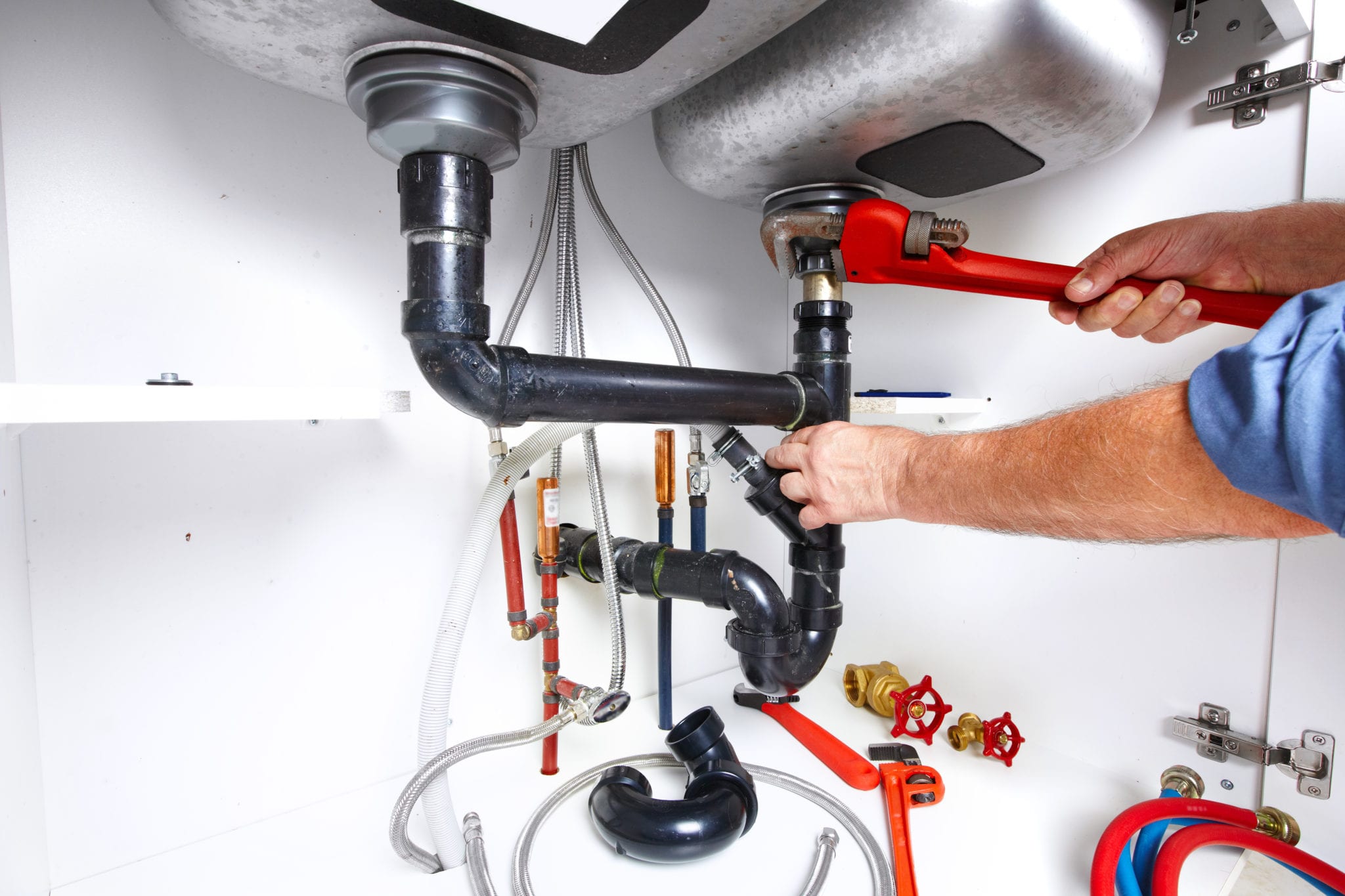Every person is bound to have their own individual perception involving Hacks to detect leaks.

Early discovery of leaking water lines can reduce a possible disaster. Some little water leaks may not be noticeable.
1. Analyze the Water Meter
Every residence has a water meter. Checking it is a proven way that assists you uncover leaks. For beginners, switch off all the water sources. Make sure no person will purge, make use of the faucet, shower, run the washing equipment or dishwasher. From there, most likely to the meter and watch if it will alter. Given that no one is using it, there need to be no movements. If it moves, that suggests a fast-moving leakage. If you find no adjustments, wait an hour or two as well as inspect back once more. This suggests you may have a slow leak that might also be below ground.
2. Check Water Consumption
Evaluate your water expenses as well as track your water usage. As the one paying it, you must see if there are any type of inconsistencies. If you identify sudden changes, in spite of your intake coinciding, it indicates that you have leakages in your plumbing system. Keep in mind, your water expense ought to drop under the exact same array every month. A sudden spike in your bill indicates a fast-moving leakage.
A consistent rise every month, even with the same habits, reveals you have a slow leakage that's likewise slowly escalating. Call a plumber to extensively inspect your building, specifically if you feel a warm location on your flooring with piping underneath.
3. Do a Food Coloring Test
When it comes to water consumption, 30% comes from commodes. If the color somehow infiltrates your dish during that time without flushing, there's a leakage between the container as well as dish.
4. Asses Exterior Lines
Do not forget to examine your outside water lines also. Test faucets by attaching a yard pipe. Should water leak out of the link, you have a loose rubber gasket. Change this and make sure all connections are limited. If you've got a sprinkler system, it will aid get it expertly checked out and preserved yearly. One little leakage can squander lots of water and also spike your water costs.
5. Check and Examine the Scenario
Home owners should make it a practice to inspect under the sink counters and also also inside cabinets for any bad odor or mold growth. These 2 warnings suggest a leakage so punctual focus is required. Doing routine evaluations, even bi-annually, can conserve you from a significant issue.
Check for stainings and also deteriorating as a lot of pipes and devices have a life expectancy. If you believe dripping water lines in your plumbing system, don't wait for it to escalate.
Early discovery of dripping water lines can reduce a potential calamity. Some small water leaks might not be noticeable. Checking it is a proven method that assists you discover leakages. One small leak can throw away heaps of water as well as spike your water costs.
If you think dripping water lines in your plumbing system, do not wait for it to escalate.
How to Know If Your Home Has a Hidden Leak
Water Meter Reveals Inexplicable Water Usage
If you’d like to test whether or not there’s a leak somewhere in your home, you can do this using your water meter. Here is how to conduct the test:
Don’t use any water in your home for at least 30 minutes; this also means not turning on faucets or water-using appliances.
Go outside, and check your water meter for activity.
If your water meter shows that there was activity, even though no one was using any water, this proves that there is a leak in your home.
Visible Mold or Mildew Growth
Leaks behind walls create moist, dark environments that allow mold and mildew to grow and thrive. Eventually, you might see mold growth forming on the wall closest to a hidden leak.
If mold is growing in an area that receives a high amount of moisture, such as a bathroom, it may simply be an indication that better ventilation is needed. However, if you see mold growth on a wall or the ceiling in an area where you would not expect, you probably have a hidden leak.
Musty, Mildew Odor
Sometimes you might not be able to see the mold or mildew that is growing as a result of a leak. However, the smell can give the problem away just as easily. If you catch a whiff of something musty, there’s a good chance that old water is collecting somewhere in your home that you can’t see.
Stained/Warped Walls, Ceilings, or Floors
When your home soaks up water, a variety of red flags can become visible, including ceiling stains, bubbling drywall, warped walls, and sagging floors. While these issues can be caused by excess humidity, they can also be signs that a pipe or plumbing connection has started leaking behind your walls.
Inexplicably High Water Bill
After a while, you get a general sense for what your water bill should be. If you own a pool or sprinkler system, your bill will tend to be higher during summer. However, if you receive a water bill that seems especially high, and you can’t figure out what caused it, then you may have a hidden leak somewhere that’s increasing your bill.
https://www.plumbingjoint.com/blog/2019/july/how-to-know-if-your-home-has-a-hidden-leak/

I stumbled upon that article on Hacks to detect leaks while doing a lookup on the search engines. Kindly take a moment to distribute this article if you enjoyed reading it. Thanks for your time spent reading it.
Comments on “Just how to Inspect If Your Home Has a Surprise Leakage”